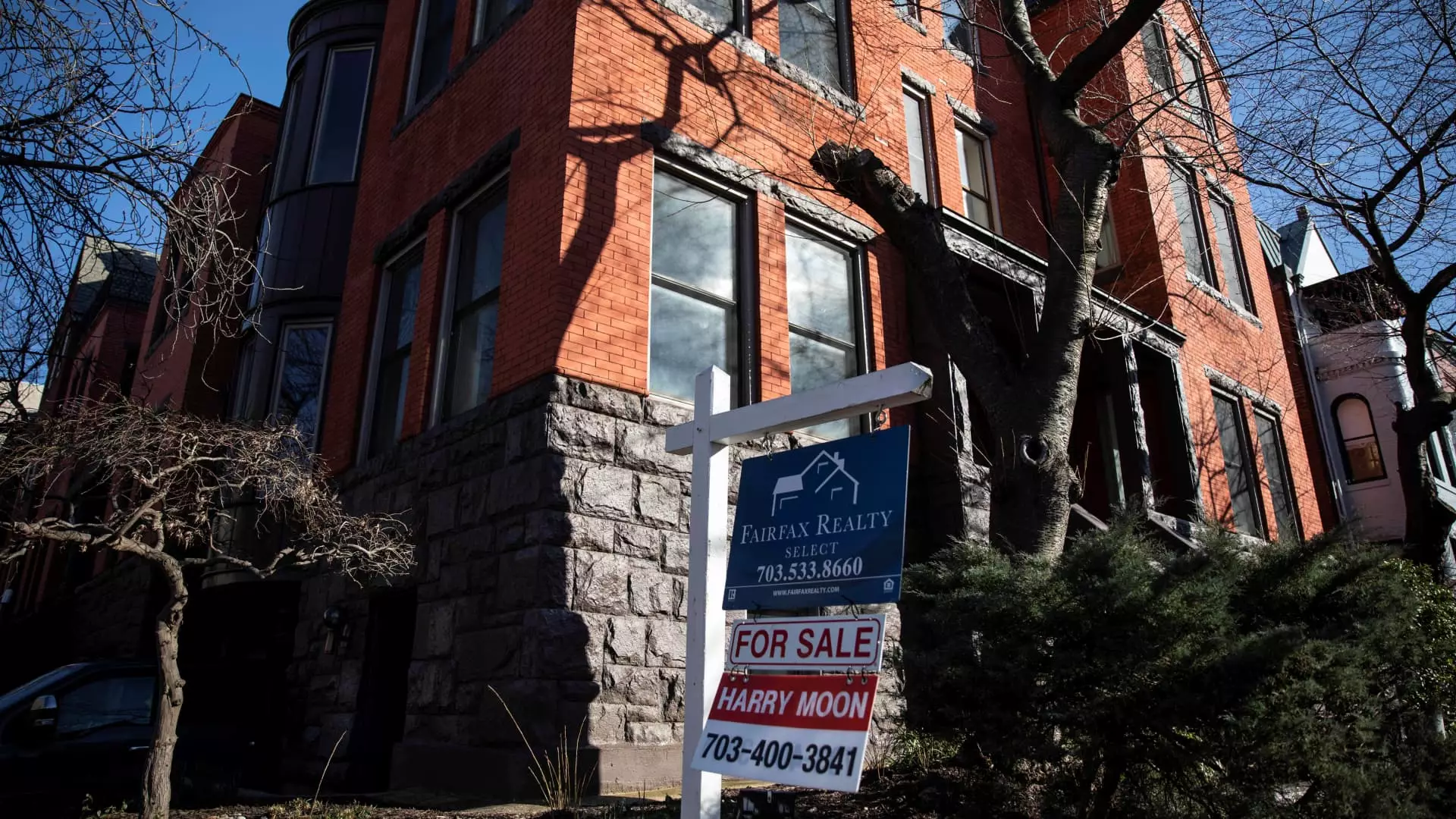The real estate landscape in Washington, D.C., has taken a notable turn, with the supply of homes for sale demonstrating an extraordinary surge ahead of the traditional spring buying season. According to recent data from Realtor.com, active listings in the area soared by a staggering 56% compared to the same week last year. This jump is particularly alarming for a metropolis typically characterized by steady economic undercurrents, echoing concerns of a potential real estate crisis. The question arises: What factors are fueling this influx of homes on the market, and what does it mean for the overall housing economy in our nation’s capital?
A Closer Look at Influencing Factors
This spike in inventory is not merely an organic increase due to seasonal patterns. It’s a composite of various factors, not least among them being the ongoing turbulence following federal layoffs and funding cuts. Danielle Hale, the chief economist at Realtor.com, pointed out that these impacts have put D.C.-area home searches on hold. The psychological effect of uncertainty in job security cannot be understated. With a significant portion of the D.C. economy reliant on federal employment, such anxieties could lead to a stagnation in buyer activity, compounding the pressures on the housing market. As buyers hesitate, the rising number of homes available for sale indicates a misalignment between supply and demand, that could have serious ramifications for the local economy.
Comparisons with National Trends
Nationally, a similar trend exists, albeit at a lesser scale, with active listings up by 28%. The decline in mortgage rates, which dropped to 6.82% from approximately 7.25% earlier in the year, should have provided an incentive for buyers, yet the D.C. market seems to be resisting this pull. While buyers in other regions may benefit from improved lending conditions, D.C.’s unique complications appear to be overpowering broader trends. The evident gap between mortgage rate reductions and buyer enthusiasm raises further questions about the underlying health of the housing market in the capital.
Compounding Variables: New Listings versus Buyer Interest
An analysis of housing dynamics reveals that the increase in active listings cannot be solely attributed to new listings coming onto the market. Although new listings did rise, they lagged with only a 24% year-over-year growth, failing to keep pace with overall inventory gains. It’s a telling sign that the uptick in homes for sale also stems from decreased buyer engagement. Current homeowners may prefer to stay put, cautious of an unpredictable market landscape, leaving many year-long prospective buyers caught in stagnation. With this interplay at play, it arguably highlights a burgeoning disconnect between those who want to sell and those who are prepared to buy in the face of uncertainty.
The New Construction Element
In the Washington, D.C. area, the influence of newly constructed condominiums and townhomes cannot go unnoticed. A surge in building activity has contributed significantly to the market’s current state, with the majority leaning more towards condominiums than in previous years. While increased new construction offers more options for buyers, it also presents challenges in terms of pricing and the type of homes available. The continual influx of smaller or lower-end homes might distort perceptions of the market’s health. Even as the median list price in the D.C. area decreased by 1.6% year-over-year, a closer examination reveals that the price per square foot is still inching upward, reflecting a complex web of economic factors at work.
Future Implications for D.C.’s Housing Market
Given the unprecedented climb in active listings and the unsettling stagnation in buyer activity, one has to question what the future holds for the D.C. housing market. While prospective buyers may harbor hopes for more favorable conditions, an overabundance of supply coupled with uncertain job markets can morph into a perfect storm. As Danielle Hale aptly noted, other federally dependent markets may soon follow suit in exhibiting similar trends. The implications of this situation, if not addressed, could ripple through not just housing but the broader economic fabric of the region, leading to a precarious situation that demands immediate and careful examination.

